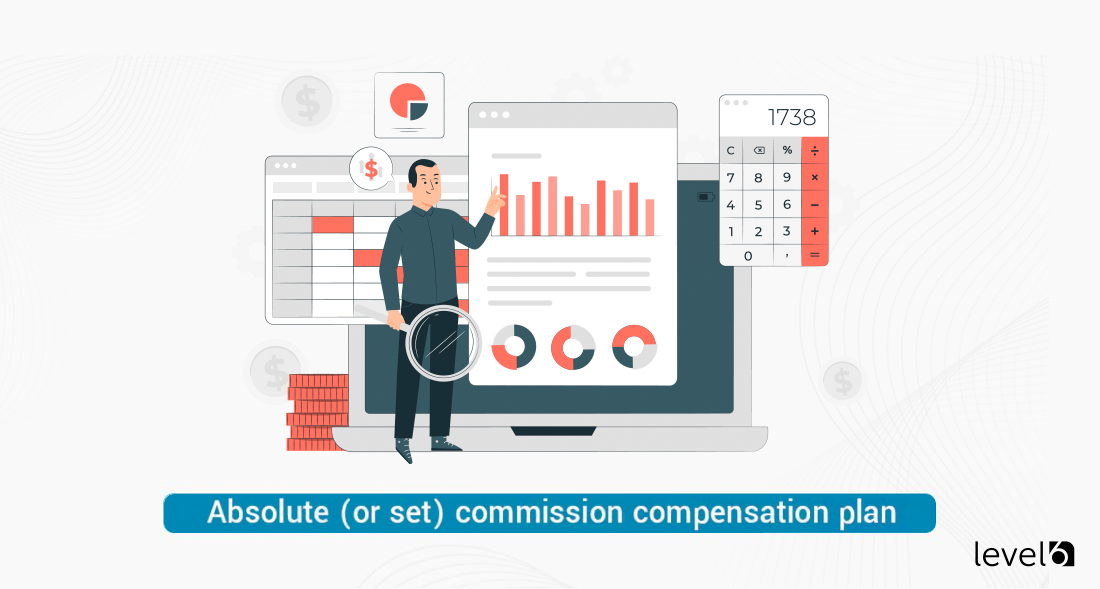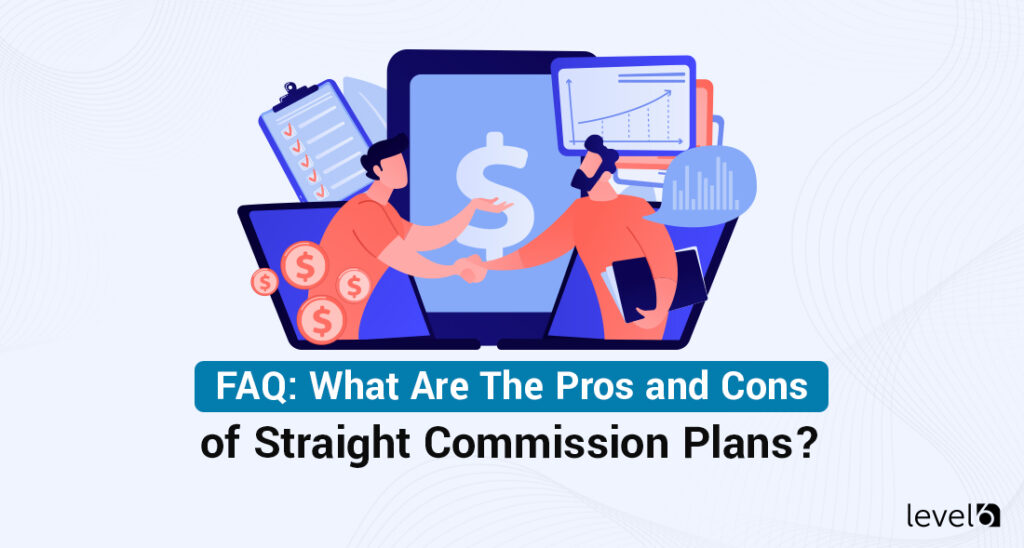The world of sales is transforming with the advent of modern technology. Previously, sales were all about volume. The more sales calls you could make, the higher your sales figures would be.
The push for volume-heavy sales calls led to the stereotyped salesperson who used pushy and high-pressure techniques where the word “no” doesn’t compute.
Thankfully, that no longer needs to be the case. The formula of “more calls = more sales” doesn’t apply. Today’s sales force can afford to, first and foremost, consider the needs of their prospective clients and provide them with value-based offers.
The biggest difference is that you can now use online tools to find future customers who have already shown they might be interested in your service or product. This eliminates the idea of cold-calling, which is unarguably the type of sales technique that causes even the most outgoing salesforce to “gird up their loins.”
When we take a look at LinkedIn’s 2022 State of Sales Report, 15,000 buyers and sellers across 11 countries were surveyed to see how sales tech is “changing the buying process and how top sellers are thriving in this new world.”
Among the statistical nuggets?
- The top-performing sales reps (76%) always research their prospects before making contact.
- Thirty-one percent (31%) of sellers have closed deals over $500,000 without meeting their buyers in person.
- Eighty-nine percent (89%) of buyers are open to purchasing from a new source if they’re shown good reasons to do so.
- Administrative and other non-selling duties eat up 70% of a sales professional’s time.
- Due to a “key stakeholder leaving a client or prospect company,” 81% of salespeople say they’ve lost or had deals stalled in the past year.
- The biggest challenge (45%) is finding incomplete data that makes it difficult or impossible to connect with their audience.
What hasn’t changed is that dedicated salespeople with drive, and patience, who get to know what their customers need and give it to them, deserve to be incentivized and rewarded appropriately.
10 Sales Compensation Structure Examples and Why They Work
When it comes to rewarding sales performances, there are, in general, three ways to build your compensation program:
- Base salary
- Commission
- Incentives and benefits
Compensation programs vary from a single one of these or a combination of two or all three.
Looking to learn more about an incentive, rebate
or reward program for your business?
Curious about costs?
Try our instant pricing calculator:
1. Base salary-only compensation plan
While a straight salary commission plan is the simplest of all payment structures, it’s not very common as it lacks any motivating factors for the sales team. In this model, a salesperson who closes eight deals earns the same as one who closes only three in the same time frame.
Why this plan works:
It’s frequently used in industries that don’t allow direct sales, when salespeople “are measured as part of a small group or team with equal contributions,” or, as mentioned above, when sales isn’t the primary responsibility of the employee.
One positive outcome of a salary-only compensation plan is that it allows your sales reps to have lower stress levels as they don’t have to worry about hitting targets in order to get paid.
2. Base salary plus commission compensation plan
Also called a revenue commission, this compensation structure pays salespeople a guaranteed salary that’s typically lower than a straight salary but rewards their sales efforts by paying commissions based on sales performance.
Almost half (48.8%) of sales organizations in 2021 use this model. A standard ratio is 60% base salary with 40% commission. Variations on this split, with a higher base salary and lower commissions, can work better if the product or service is complicated or more technical, as the sales rep will need to spend more time “teaching the prospect.”
Although some companies cap commissions at a certain amount, this seems to have a negative impact on potential sales. To keep your sales force motivated, if at all possible, keep your commissions uncapped.
A recent study looked at the compensation plan of a large contact-lens manufacturer. Once their salespeople’s sales hit a certain level, the company stopped paying commissions.
The study found this ceiling determined the number of sales made. Once that ceiling was removed, revenue was increased by about 9%.
Why this plan works:
This is the most common compensation pay structure as it gives the sales rep a steady income in combination with an economic incentive to meet sales targets.
The business owner benefits from greater clarity in regard to expenses, and your salespeople can be expected to take time to perform non-selling activities like helping to train new team members.
3. Base salary plus bonus compensation plan
This type of compensation plan pays a salesperson a guaranteed base salary with the opportunity to earn an additional predetermined amount. When organizations are just starting, it’s more common to set up a base salary with commission pay structure. Once the company matures, a bonus plan rather than commissions can make more sense.
Bonus plans tend to reward teamwork within the company, while commissions tend to reward “independent and high-performing salespeople.” Commissions are a piece of the action as opposed to the predetermined pay a salesperson can earn by reaching set goals.
Why this plan works:
There are two extra benefits of a base salary plus bonus compensation plan — it balances risk and increases stability.
By predetermining the amount of pay regardless of how much revenue is earned, the company can better calculate their financial position over the course of a year. As well, the base salary provides security for employees as well as keeping them focused on the company’s goals.
4. Commission-only compensation plan
A commission-only compensation plan is ideal for the employer as they need only to pay their salespeople out of the proceeds of completed sales. No matter how much someone sells, their pay is calculated strictly as a percentage of their sales.
While this type of plan is hugely motivating, it can also create a high-stress work environment which may lead to burnout and higher rates of staff turnover.
On months a sales rep doesn’t close any deals, their take-home pay is zero. This may not be a problem if, over the course of the year, they make an adequate salary. This type of compensation plan works well for people who can plan ahead and don’t live paycheck to paycheck.
The standard commission rate varies widely between 5% to 45%. The more support your salespeople need to give customers, the higher their commission should be.
Why this plan works:
As far as compensation plans go, this appeals to high-performers who want the freedom to earn as much as they can, based on their efforts. It also weeds out any poor performers.
This type of compensation plan is most effective for contract or temporary employees and when the potential commission payout is substantial.
5. Absolute (or set) commission compensation plan
This type of compensation plan pays your salespeople when they reach pre-set targets or milestones. Under this model, reps can earn $50 for every sale made as opposed to 5% of the product’s cost. The “do this, get that” nature is what makes the plan “absolute.”
One disadvantage of this plan is the lack of a direct link between the company-level targets and the sales commission plan. Sales are driven by what will pay out the most in commission rather than what targets align with company objectives.
Why this plan works:
It’s a simple plan that’s easy to understand, which helps drive good results. With this plan, you aren’t setting quotas but benchmarks and recommendations. As with the next type of compensation plan, it helps to “encourage sales of one product over another, even when the costs are similar.”
6. Relative commission compensation plan
Relative commission plans use quotas or predetermined targets to calculate compensation pay. These targets can be based on revenue earned or units sold.
For example, if the set quota for a sales rep is $150,000 and the company estimates that sales of $250,000 is a reasonable target, it’s relatively simple to calculate how much they will earn on top of their base salary of $75,000.
If the sales rep hits 100% of their quota ($150,000), they will be paid the agreed-upon commission rate for reaching that quota. Any sales made above that amount will be paid at a higher commission rate.
Why this plan works:
If your business involves high-value products, this type of compensation plan might be the one for you. The compensation is directly related to the sales team’s performance which lowers risk for the company.
7. Gross profit margin commission compensation plan
Gross profit margin plans depend less on the efforts of high-performing salespeople and more on the overall success of the company. This plan can work well for startup companies and other small or growing companies that want to motivate employees but need to protect their bottom line while scaling up.
Some companies choose to pay their salespeople based on profit rather than sales. For example, reps who sell a product with a $3,000 gross margin would earn more commission than one who sells a product with a $1,000 gross margin.
A benefit of this type of compensation structure is let it lets you promote the sales of specific product lines. Paying a higher commission on some products that are difficult to move incentivizes your sales team to focus energy on these items.
Why this plan works:
The advantage of this plan is that it discourages reps from discounting a product or service in order to close a deal. When margins get eroded, “the perceived value of your product goes down, and future customers will come to expect a price slash.”
8. Tiered commission compensation plan
The tiered commission plans typically combine a fixed salary with a stepped commission structure. This plan motivates and rewards the high performers on your team.
Reps who close a pre-set number of deals or revenue can then earn a higher commission rate for any deals or revenue closed after that. Reps that miss their assigned targets get bumped down to a lower commission rate. This lets the company recover revenue and cover the base salary.
Why this plan works:
If you’re a company that needs to maintain a greater level of control of commission rates while requiring your sales force to work hard to exceed their goals, this type of stepped commission plan is ideal.
9. “Draw Against” commission compensation plan
A “draw Against compensation plan lets employees get paid for sales made before they actually make the sale. Typically, this type of compensation plan is used when adding new sales team members.
This type of plan acts like a kind of payday loan where you receive payment ahead of when you have earned it, with the understanding you will “pay back” the money out of your next paycheck or next sales order.
There are two main Draw Against compensation plans — recoverable draws and nonrecoverable draws. Recoverable draws are ones where the sales rep is expected to pay back from earned commissions. Nonrecoverable draws are generally given to new employees and help them survive through their learning curve.
Why this plan works:
During uncertain times like the past several years — changing selling conditions, disruptions like the COVID-19 pandemic, or 40-year-high inflation rates, a draw provides income stability to ensure reps are still able to pay their bills when sales are inconsistent for reasons over which they have no control.
10. Territory volume commission compensation plan
As the name suggests, territory volume commission refers to the division of territories into well-defined regions. All compensation is then calculated “based on territory volume at the end of the compensation period.”
Why this plan works:
When working with a sales team rather than individual salespeople, the work of the many gets split equally among the entire team. This will attract reps who enjoy working as part of a team and allows each member to work with their specific strengths.
What’s the Right Compensation Plan for You?
The right compensation plan for your company depends on your unique situation when it comes to how big your company is, its culture, how long you’ve been in business, and what product or service you are selling.
Here are some considerations to help you get started on choosing the right compensation plan for your organization:
- Short- and long-term objectives
- Sales behaviors you want to encourage
- Is this plan realistic and affordable for your company?
- Will it motivate your employees?
- The size of your overall budget
- The number of reps you have
- The types of compensation plans your competition uses
- Your salespeople’s expectation
Hubspot offers a free sales compensation calculator to help you “determine compensation in seven different comp models.” You simply enter your projected sales, commission rates, and base salaries in order to calculate a projected salary amount.
At the end of the day, the right compensation plan for your organization is the one that gets your employees motivated and keeps them on track to meet your objectives and their objectives.

Claudine is the Chief Relationship Officer at Level 6. She holds a master’s degree in industrial/organizational psychology. Her experience includes working as a certified conflict mediator for the United States Postal Service, a human performance analyst for Accenture, an Academic Dean, and a College Director. She is currently an adjunct Professor of Psychology at Southern New Hampshire University. With over 20 years of experience, she joined Level 6 to guide clients seeking effective ways to change behavior and, ultimately, their bottom line.
 Demo
Demo












